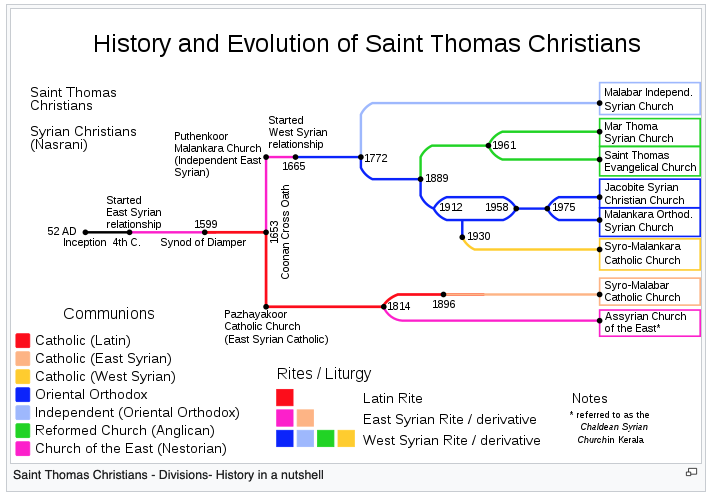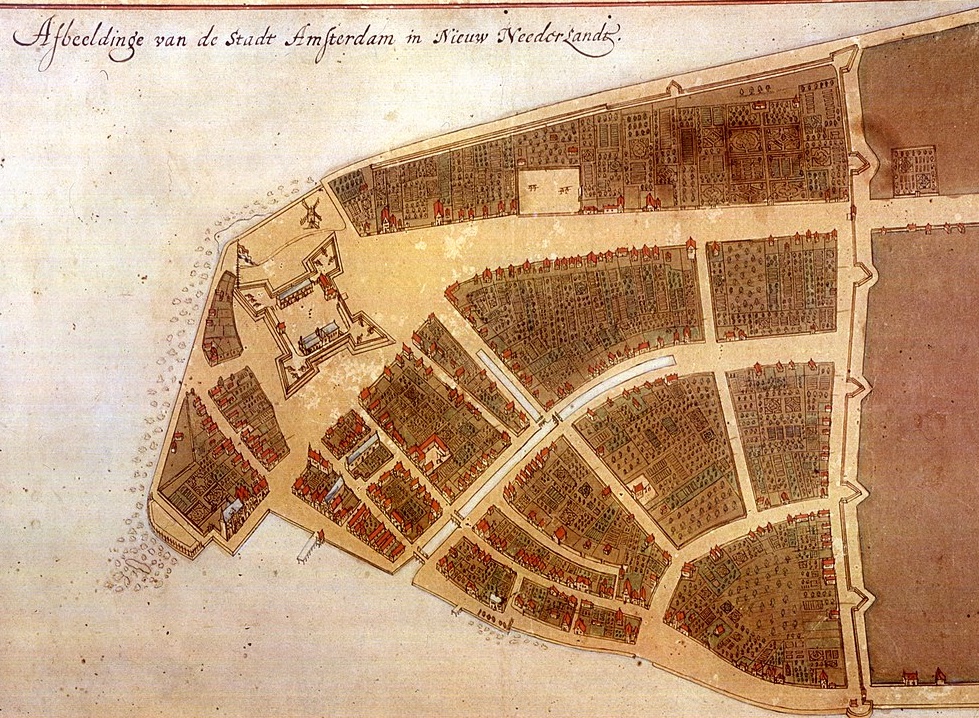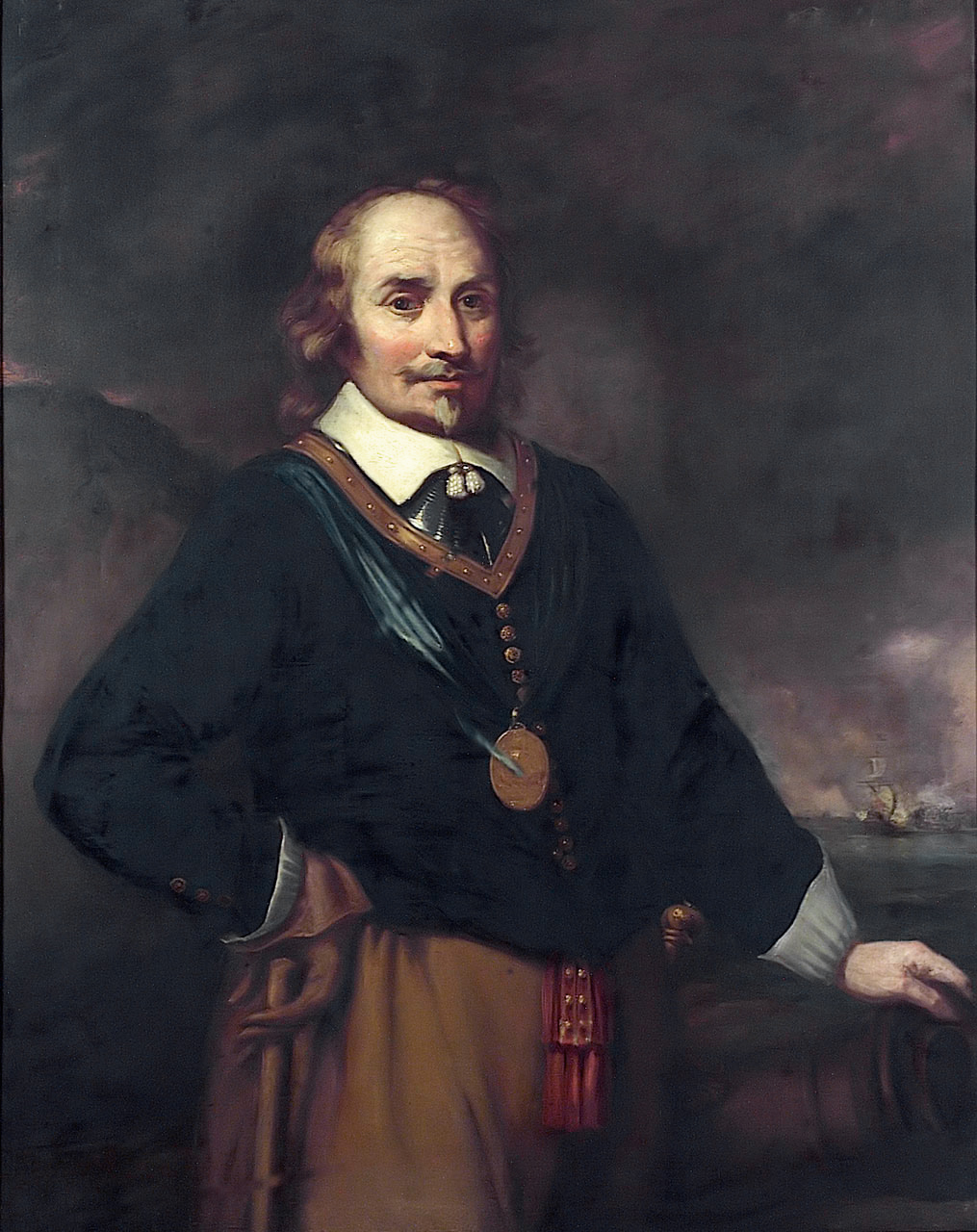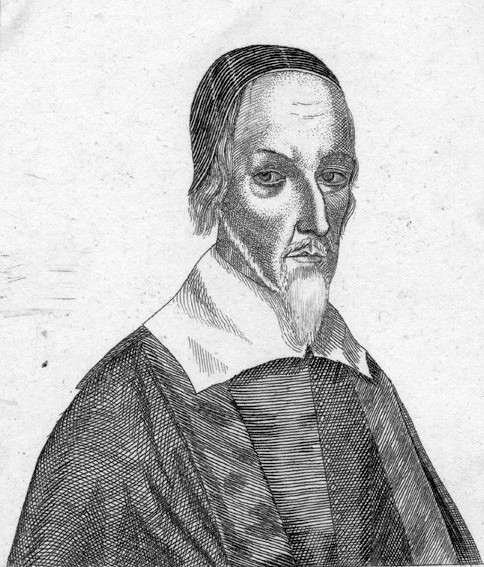In 1653 CE, as for more than 200 years prior, the armed merchant ships of West European nations– now, in chronological order, Portugal, Spain, England, and Netherlands– were all roaming the world’s oceans and looting their plunder from non-European nations on every continent except Australia. In many places, now, the fighters aboard those ships had long ago disbarked and started to establish either little colonies of their own countrymen, or regimes of terror to control the local indigenes, or plantations into which they imported enslaved persons whom they had brutally transported from other parts of their empires. (Or, in most cases, colonies that had all three of those feature.) The dehumanizing structural violence of “Western” settler colonialism had become a terrifying but now-banal daily routine– but one that continued to reap unnatural profits and economic and social “progress” for investors and speculators in the imperial metropoles.
Keep that big background picture in mind as we look at what was new in world history in 1653. Today we’ll survey these items on the year’s news budget:
- Ancient Christians in Mattancherry, Kerala, throw off Portuguese Catholic control of their church
- Dutch settlers in North America establish fortified town of ‘New Amsterdam’
- Stalemate in Anglo-Dutch war leads to peace treaty
- Cromwell dismisses two parliaments, paves way for autocracy
Ancient Christians in Mattancherry, Kerala, throw off Portuguese Catholic control of their church
Longtime readers of this series will know that I have a strong interest in the ways that, as they built their rapacious and violent empires around the world, the European colonizers not only managed to justify their actions in terms of Jesus’s deeply anti-violence teachings but also in many cases to use their version of “Christianity” as a cudgel with which to terrorize and control the Indigenes.
When the Portuguese had been establishing their trading empire around the coast of India, in the south of the country they found a sizeable, ancient Christian community whose faithful existence antedated the arrival of “Western” Christianity in Europe by many centuries. These were the “Saint Thomas” or “Nasrani” Christians, descendants of some of the converts who’d been evangelized by St. Thomas in around 52 CE.
In 1599, the Jesuit Portuguese archbishop of Goa had forced the St. Thomas Christians to start following Catholic church practices and to affiliate with the “Church of Rome. Now, as Portugal’s power wanes throughout the Indian Ocean, the St. Thomas Christians felt ready to reverse that edict. Actually, according to this section of the WP page on the affair, their desire to do so was stoked by one big last indignity that the Portuguese had inflicted on them…
English-WP tells us this happened:
On January 3, 1653, Archdeacon Thomas and representatives from the community assembled at St Mary’s Church (Nossa Senhora da Vida) at Mattancherry to swear what would be known as the “Coonan Cross Oath”…
The number of people who took part in the Sathyam (Oath) was so significant that all of them could not touch the granite Cross at the same time. Therefore, they held on to ropes tied to the Cross in all directions. According to tradition, After the historic oath was read, out of a population of 200,000 St. Thomas Christians, only 400 remained loyal to Archbishop Garcia.
The Portuguese Catholics were not totally defeated in the intra-church conflict but made a counter-attack that ended up splitting it. Still, a good portion of those ancient Christians had regained their ecclesiastical independence.
The banner image above is a recent photo of the St. George Orthodox Koonan Kurish Old Syrian Church at Mattancherry. Credit: Koonankurish2.
Dutch settlers in North America establish fortified town of ‘New Amsterdam’
The Dutch ‘New Netherland’ colonization corporation claimed they had “bought” the whole island of Manhattan from the native Canarse people for trade goods worth 60 gulden. They had established a colonial settlement called ‘New Amsterdam’ on its southern tip and another, called ‘New Harlem’ at its northern end. The other major settlement in the colony was ‘Beverwyck’, at the northern end of the navigable part of the Hudson River– now, Albany.
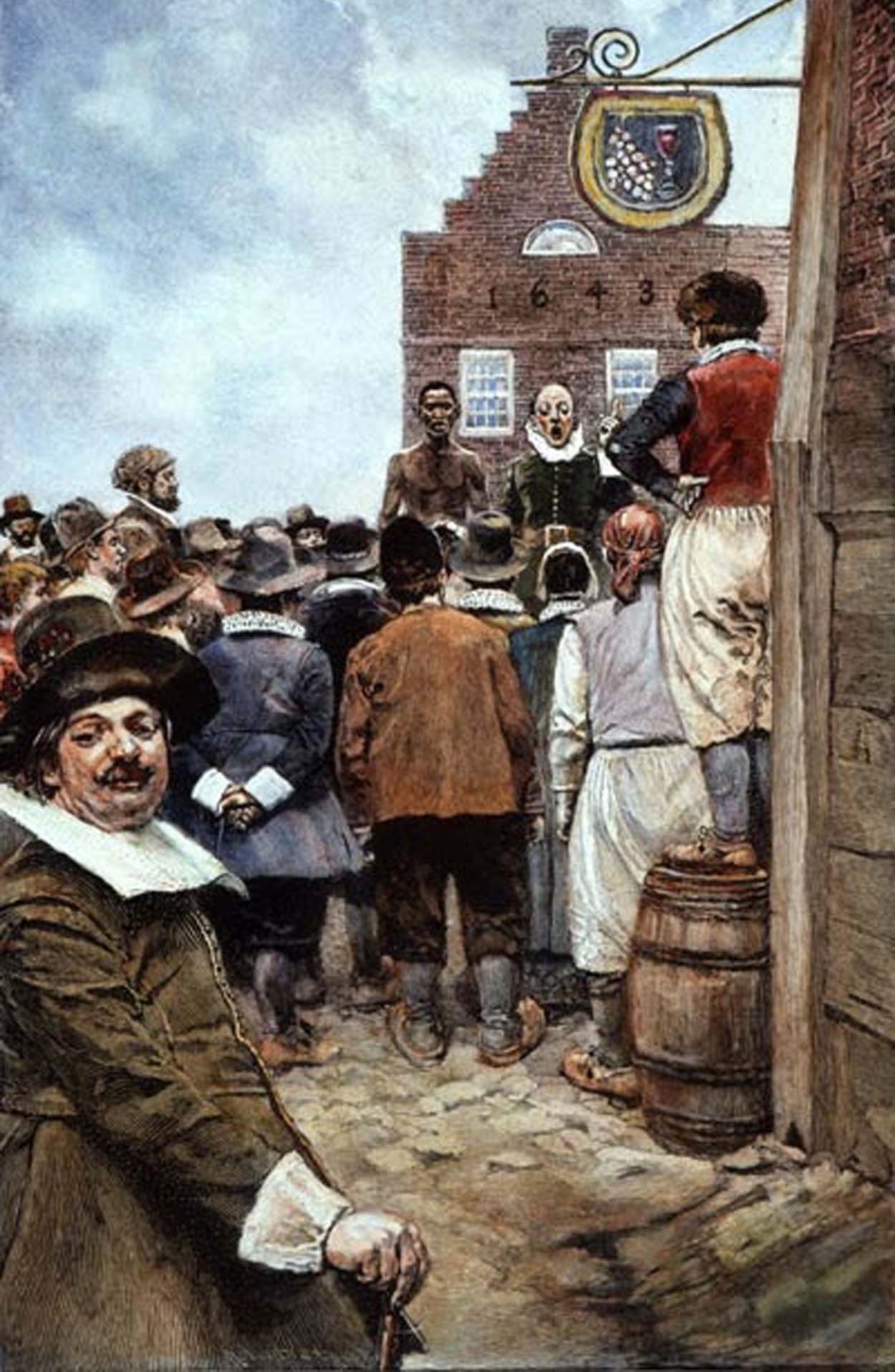
In February 1653, the Dutch administrators gave New Amsterdam full municipal right.s (Beverwyck had received them in 1652; New Harlem would follow in 1658.)
New Amsterdam was at the time, or would very soon become, a well fortified bastinade with produce gardens, a jetty and a windmill. Its star fort could dominate all approaches to the Hudson. In 1655 it would hold its first public auction of enslaved persons, as represented in a Howard Pyle painting, at left.
Stalemate in Anglo-Dutch war leads to peace treaty
The naval battles between England and Netherlands continued for much of 1653. The English navy won the major battle of the year, off the coast of the Dutch port of Scheveningen. English-WP says of this battle:
This was a tactical victory for the English fleet, which captured or destroyed at least a dozen and possibly 27 Dutch warships for the loss of two or three English ones, and captured or killed some 2,000 men including [Dutch admiral Maarten] Tromp, who was killed early in the battle, for a loss of 500 English dead. However, despite their heavy losses of men and ships, the Dutch fleet was able to retreat to the Texel [a nearby island], and the English had to abandon their blockade, so the Dutch achieved their aim. The death of Tromp was a blow to Dutch morale, which increased the Dutch desire to end the war: similar feelings arose in England…
However, after Scheveningen, the Dutch turned to using smaller warships and privateering with the result that, by November Cromwell was anxious to make peace as the Dutch were capturing numerous English merchant ships.
In April 1654, the two sides concluded a peace treaty at Westminster. English-WP tells us that one motivation for Cromwell was that he, “wished to avoid further conflict with the Dutch Republic, as it was planning war with Spain, which began [in 1654] after the Treaty of Westminster was signed.”
WP also assesses that:
[T]he English made no significant gains out of the peace treaty: not Cromwell’s original political aim of a union that would subordinate the Dutch and certainly no commercial ones, as there was massive economic damage to the English maritime economy…
Cromwell’s sole condition was that he required Dutch agreement that no Prince of Orange or other member of the House of Orange should hold the office of Stadtholder or any other public office in the Netherlands, a demand that was strongly opposed by Orangists. [He did win his goal on this.]…
However, the commercial rivalry between the two nations was not resolved. Especially in their emerging overseas colonies, hostilities continued between Dutch and English trading companies, which had warships and troops of their own. The Dutch had started on a major shipbuilding programme to remedy the lack of ships of the line evident at the battles of the Kentish Knock, the Gabbard, and Scheveningen.
Cromwell dismisses two parliaments, paves way for autocracy
Back in 1648, Cromwell had sent the military in to Parliament to eject members who did not support him, inaugurating the era of the “Rump Parliament”. But by 1653 even this smaller gathering of MPs was wanting to buck his orders. WP tells us this happened in April:
[A]fter learning that Parliament was attempting to stay in session despite an agreement to dissolve, and having failed to come up with a working constitution, Cromwell’s patience ran out. On 20 April he attended a sitting of Parliament and listened to one or two speeches. Then he stood up and harangued the members of the Rump. This speech does not survive, but has often been paraphrased, for instance in the Book of Days:
“You have sat too long for any good you have been doing lately … Depart, I say; and let us have done with you. In the name of God, go!”
He then declared “you are no Parliament” and called in a troop of soldiers, under the command of Major-General Thomas Harrison, ordering them to clear the chamber…
Within a month of the Rump’s dismissal, Oliver Cromwell on the advice of Harrison and with the support of other officers in the Army, sent a request to Congregational churches in every county to nominate those they considered fit to take part in the new government.
On 4 July, a Nominated Assembly, nicknamed the “Assembly of Saints” or Barebone’s Parliament (named after one of its members), took on the role of more traditional English parliaments.
Kind of appropriate that, after a Rump parliament, there should be a Barebone’s one. Actually, the guy it was named after had an even better name: Praise-God Barebone. There is even some speculation that within the family he had been called ‘Unless-Jesus-Christ-Had-Died-For-Thee-Thou-Hadst-Been-Damned’. But seemingly from a very fundamentalist Puritan family, anyway. He was a follower of yet another of the religio-political movements abounding at that time, the “Fifth Monarchist” movement.
The 134 members of the Barebone’s parliament were the subject of some ridicule. This page on WP tells us they were mocked–
for their alleged low social status, their puritanism and their relative lack of political experience. These criticisms were seen to be encapsulated by… Praise-God Barebone, a leather seller, Fifth Monarchist and lay preacher from Fleet Street in London…
Despite contemporary slanders, the assembly’s members were mainly drawn from the richest five per cent of the population, and few tradesmen were represented. Nor was it solely composed of Fifth Monarchists, despite the impression that hostile contemporary pamphlets give. Twelve or thirteen members can be identified as Fifth Monarchists, some of whom had served with Harrison. These were contrasted with about fifteen of the more active members of the assembly, who were more moderate Independents. Although it is misleading to divide the assembly into two parties, an analysis of its entire membership along moderate and radical lines identifies 76 members as religious moderates and 47 as radicals, with a further 21 either impossible to identify or not participating in the assembly.
The Assembly/parliament seemed to quarrel mainly about issues of church governance, specifically whether parliament should mandate tithing of people’s income to their churches. (This while the war with Netherlands still continued.)
By December, House Speaker Francis Rous had had enough:
Rous and around 40 members walked out and went to Cromwell at Whitehall, presenting a document signed by nearly 80 members that declared: “Upon a Motion this day made in the House, that the sitting of this Parliament any longer as now constituted, will not be for the good of the Commonwealth”. Those left in the house were soon confronted by troops requesting that they leave.
The leaders of the New Model Army, under a pro-Cromwell committee headed by John Lambert, then drafted their own constitution for the country. It was called the Instrument of Government and was England’s first-ever Constitution. WP indicates that it laid the basis for some of the constitutional principles enshrined in the U.S. Constitution 130 years later:
The Instrument of Government split the government of England across three elements.
** Executive power was held by the Lord Protector. Although this post was elective, not hereditary, appointment was to be held for life.
** Legislation was raised in Parliament. These had to be called triennially, with each sitting for at least five months.
** An English Council of State of around twenty members to provide advice in the same manner as former Privy Councils, though with strengthened powers, so that many of the actions taken by the Lord Protector require the consent of a majority of the council; examples include the use of military when parliament is not sitting (IV) and declaring war and peace (V). The council also nominates ministers (XXXIV) and elects the Lord Protector upon the death of the previous one (XXXII).
Thus the Lord Protector was far from an absolute ruler, with his powers limited in many areas. All three branches of government had checks upon each other, with the Lord Protector having the authority to veto a bill from Parliament, but a second majority vote after twenty days would pass the bill(XXIV).
The instrument declared, “That the supreme legislative authority of the Commonwealth of England, Scotland, and Ireland, and the dominions thereunto belonging, shall be and reside in one person, and the people assembled in Parliament: the style of which person shall be the Lord Protector of the Commonwealth of England, Scotland, and Ireland”.
Provision for a standing army was made “of 10,000 horse and dragoons, and 20,000 foot, in England, Scotland and Ireland, for the defence and security thereof” and “a convenient number of ships for guarding of the seas” (XXVII).
The instrument defined the numbers of MPs to be elected to parliament but at the same time disbarred Royalists from election and temporarily from voting (XIV) and Catholics from election or voting (XV).
Electors needed to hold property holding of at least £200.
The Instrument of Government was adopted by the Council of Officers on 15 December 1653 and Oliver Cromwell was installed as Lord Protector on the following day. In January 1655, Cromwell dissolved the first Protectorate Parliament, ushering in a period of military rule by the Major Generals.
By the way, John Lambert, who had designed the Instrument of Government, “later fell out with Oliver Cromwell, largely because he opposed converting [Cromwell’s] role as Lord Protector into a kingship.”

